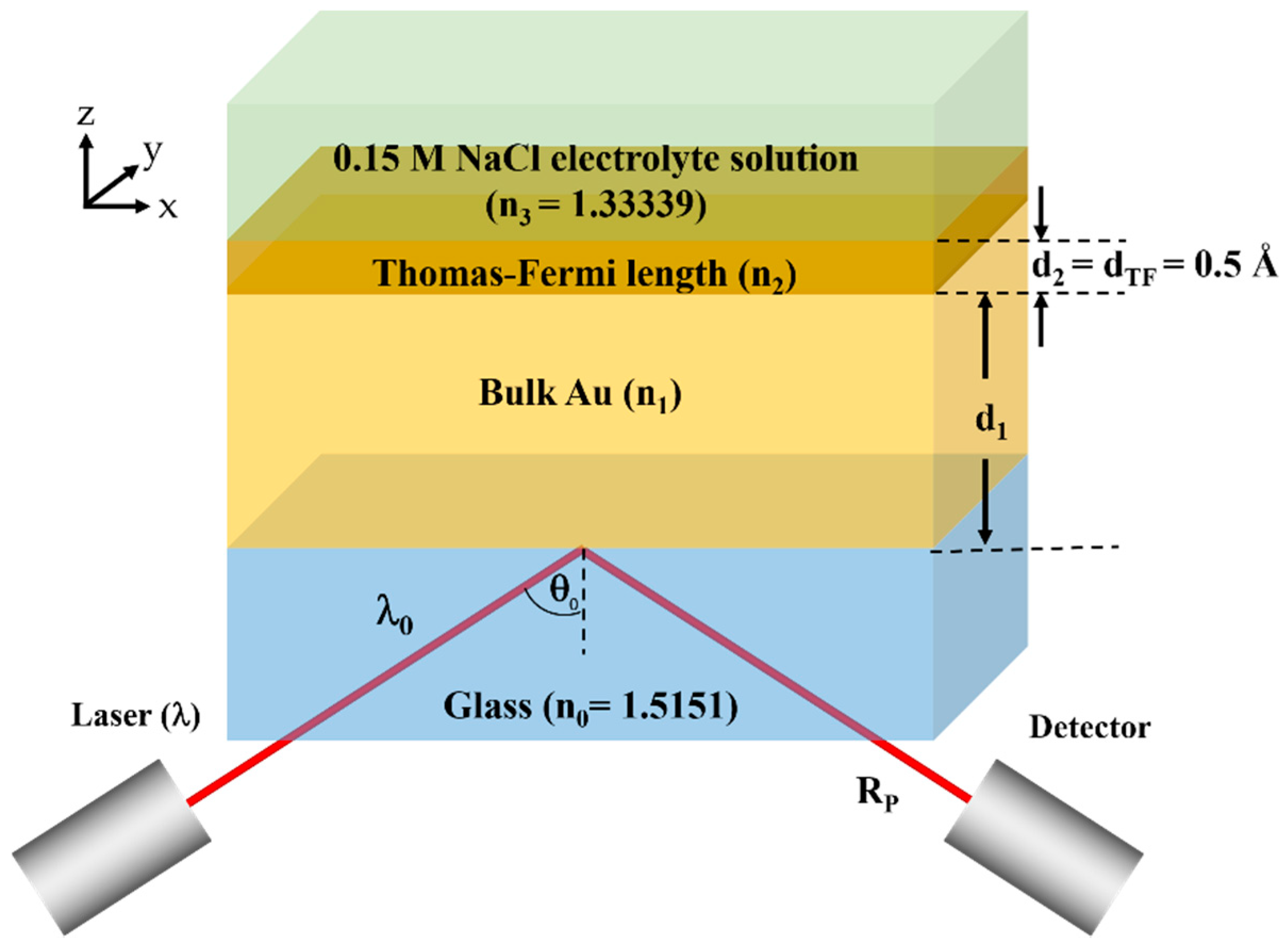

Possible mechanisms of controlling ionic interaction at the electrode–solution interface.

On the coverage dependence of the partial charge transfer coefficient. Part C: Solvation Phenomena in Specific Physical, Chemical and Biological Systems (eds Dogonadze, R. Electrostatic interaction at the metal/dielectric interface. in Modern Aspects of Electrochemistry Vol. Nonlocal electrostatic approach to the double layer and adsorption at the electrode–electrolyte interface. Double layer structure at the interface between two immiscible electrolyte solutions. Incorporating surface polarization effects into large-scale coarse-grained molecular dynamics simulation. Efficient algorithms for electrostatic interactions including dielectric contrasts. An iterative, fast, linear-scaling method for computing induced charges on arbitrary dielectric boundaries. Electrochemical interface between an ionic liquid and a model metallic electrode. Influence of surface topology and electrostatic potential on water/electrode systems. Simulations of Coulomb systems confined by polarizable surfaces using periodic Green functions. Solid State Physics (Holt, Rinehart and Winston, 1976).ĭos Santos, A. Nanoscale capillary freezing of ionic liquids confined between metallic interfaces and the role of electronic screening.

Electrode models for ionic liquid-based capacitors. Molecular dynamics simulations of ionic liquids and electrolytes using polarizable force fields. Ion–image interactions and phase transition at electrolyte–metal Interfaces. Debye–Hückel theory for interfacial geometries. Differential capacitance of ionic liquid interface with graphite: the story of two double layers. Image potential near a dielectric–plasma-like medium interface. The self energy and band structure distortion. Many-body effect at metal-semiconductor junctions. Fermi–Thomas response of a metal surface to an external point charge. A semiclassical Thomas–Fermi model to tune the metallicity of electrodes in molecular simulations. Electrostatic interactions between ions near Thomas–Fermi substrates and the surface energy of ionic crystals at imperfect metals. Nanotribology of ionic liquids: transition to yielding response in nanometric confinement with metallic surfaces.

The electrostatic screening length in concentrated electrolytes increases with concentration. Double layer in ionic liquids: overscreening versus crowding. By applying this strategy to an ionic liquid, we unveil a wetting transition on switching from insulating to metallic conditions.īocquet, L. We show that this method captures the electrostatic interaction decay and electrochemical behaviour on varying λ. Our approach describes electrostatic interactions within the metal through a ‘virtual’ Thomas–Fermi fluid of charged particles, whose Debye length sets the screening length λ. Although available strategies consider perfect metal or insulator surfaces, we build on the Thomas–Fermi formalism to develop an effective approach that deals with any imperfect metal between these asymptotes. Here we introduce a novel approach that involves electronic screening while capturing molecular aspects of interfacial fluids. Such behaviours, which challenge existing frameworks, highlight the need for tools to fully embrace the properties of confined liquids. Beyond adsorption, over-screening and crowding effects, experiments have highlighted novel phenomena, such as unconventional screening and the impact of the electronic nature-metallic versus insulating-of the confining surface. Of relevance to energy storage, electrochemistry and catalysis, ionic and dipolar liquids display unexpected behaviours-especially in confinement.


 0 kommentar(er)
0 kommentar(er)
